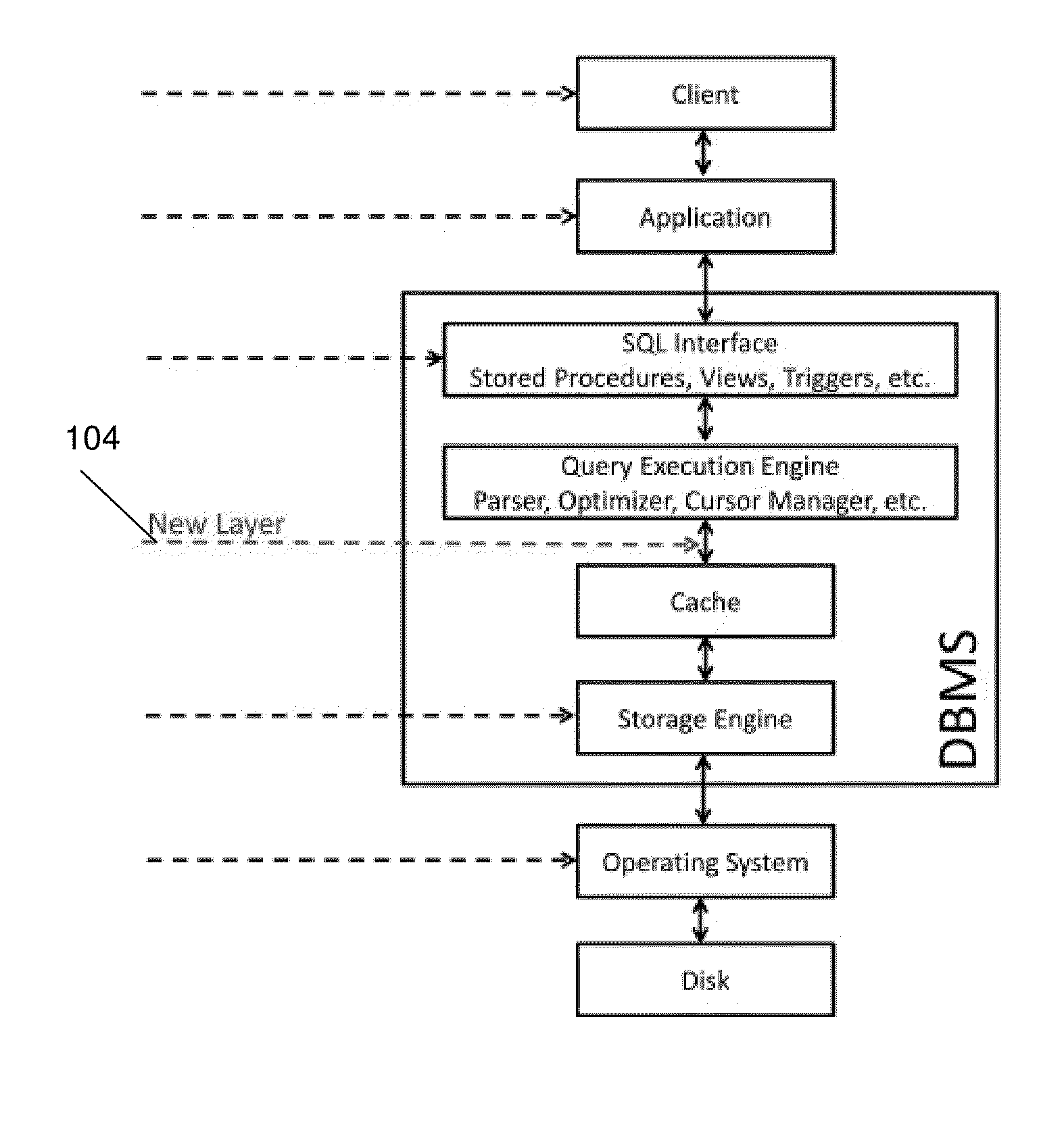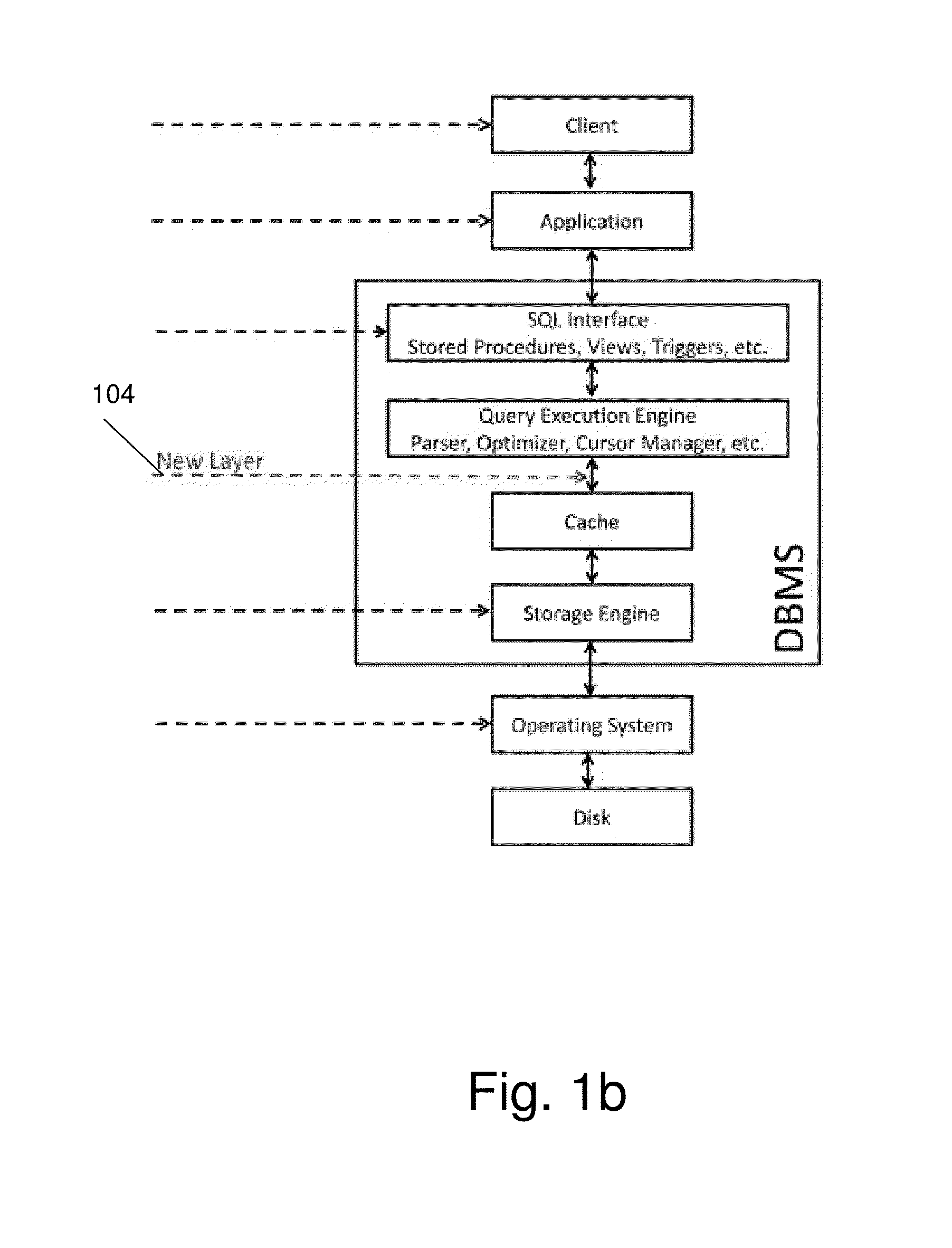However, an
access control mechanism by itself is insufficient to protect stored data since it can be bypassed in a number of ways: by accessing database files following a path other than through the DBMS (e.g., an intruder who infiltrates the
information system and tries to mine the database
footprint on disk); by physical removal of the storage media; or by accessing the
database backup files.
Another source of threats comes from the fact that many databases are today outsourced to
Database Service Providers (DSP).
In such instances, data owners have no other choice than to trust DSP's who claim that their systems are fully secured and their employees are beyond any suspicion, assertions frequently repudiated by facts.
Even if attackers get through the firewall and bypass
access control mechanisms, they still need the encryption keys to decrypt data.
In many cases, a DBA has access to the whole database and protecting it against him while simultaneously enabling him to perform his tasks becomes a tremendous challenge.
Assuming that the encryption keys were not compromised, this
attack is rarely practical.
Encrypting the entire database using the same key, even if traditional
access control mechanisms are used, will not introduce a sufficient level of security.
Another important issue which relates to the encryption keys is their management: where and how the encryption keys should be stored; how are they being distributed to the users; and how to recover the encryption keys in case they are lost.
Security mechanisms typically introduce significant computational overhead.
This overhead may constitute a fundamental problem for the DBMS, since the performance of the DBMS has a direct influence on the performance of the whole
information system.
For example, some DBMS vendors do not permit building indexes on encrypted columns, while others allow it based on the column's encrypted values (in case they are not salted, (salted in
cryptography means that a random value is concatenated to the
plaintext value before encryption)).
The latter approach results in a loss of some of the most obvious characteristics of indexes, the range searches, since a typical encryption
algorithm is not order-preserving.
(a) The influence on the
application layer—some encryption solutions require modifying the implementation of the
application layer, for example, by changing the
SQL queries to include encryption operations. Such modifications may constitute a fundamental problem for legacy applications, wherein most cases, the process of making changes to their implementation is extremely costly, and in some cases, might not be possible at all. Therefore, a practical
database encryption solution should not require a major modification to the implementation of the
application layer.
(b) The influence on the DBMS architecture—it is desirable to avoid fundamental changes to the DBMS implementation. Database technology has been around for more than 30 years. Redesigning the
relational model to support a new encryption model is unacceptable. It is fundamental in respect to the practicality of a DBMS encryption solution that it will be built on top of an existing DBMS implementation, including all of its functionality, such as indexing,
foreign key mechanisms and locking schemes.
(c) The influence on the DBA—it is desirable to allow the DBA to perform his administrative tasks directly over the encrypted data, without the need to decrypt it first (and as a consequence, prevent sensitive data from being disclosed to the DBA).
(d) The storage overhead—Although storage nowadays is relatively cheap, it is preferable that the encrypted database should not require much more storage than the original non-encrypted database.
However, it suffers from several fundamental problems: (1) Since the
operating system has no knowledge of database objects and their internal structure, it is impossible to encrypt different parts of the page using different encryption keys (e.g., when those parts belong to users with different authorizations) and thus cryptographic access control cannot be supported.
(2) It is not possible to encrypt specific portions of the database and leave others in their
plaintext form.
Therefore, selective encryption is very limited.
(3) The DBA cannot perform any administrative task (e.g., dropping a column) without possessing the encryption keys.
(4) The database cache, which usually contains a large amount of disk page copies for improving performance, is kept in its
plaintext form, and is thus vulnerable to data-in-use attacks.
However, although the use of
cell-level encryption
granularity allows different values within a page to be encrypted using different keys, when a page is read from the disk into the database cache, the whole page must be decrypted, even if the initiating user does not have
authorization to access all values in that page.
Moreover, the fact that each time a page is written / read from disk 101,
multiple encryption / decryption operations are performed, may degrade performance substantially, compared to the single encryption / decryption operation per page in the
operating system layer.
While encryption in this layer 106, is easy to implement and does not usually require significant changes to the application layer, it has the following limitations: (1) encryption takes place above the query execution engine, and thus some database mechanisms (e.g., indexes and foreign keys) may not function properly; (2) the use of stored procedures entails a
context switch from
SQL to the
stored procedure language which usually has a high negative
impact on performance; (3) those mechanisms (namely: triggers, views and stored procedures) can be disabled by a malicious DBA.
However, it suffers from the following disadvantages: (1) modifying legacy applications may require a lot of resources i.e., time and money; (2) as encryption takes place above the query execution engine, different database mechanisms cannot function properly and need to be re-implemented by the application; (3) it re-invents the wheel for each new application that is being developed.
However, it implies limiting the ability of the
database server to process the encrypted data and in extreme cases, to use the
database server for storage only.
The
client layer 108 and the application layer 107 architectures, while providing the highest level of security, are impractical in most cases due to their high
impact on performance and to the changes that they impose on the application layer.
 Login to View More
Login to View More  Login to View More
Login to View More 


